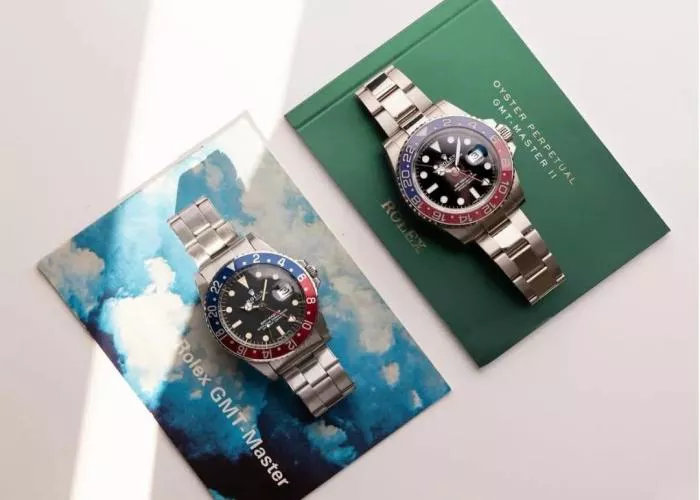Recent online discussions have swirled around Rolex’s decision to close its Guangzhou service center in August. The move has fueled unverified claims that the closure aims to crack down on watch authentication services, with some suggesting such practices may disappear entirely.
Many consumers have expressed concerns, questioning whether authentication services will remain available and if the shutdown signals Rolex’s intent to eliminate verification channels. Some speculate that verifying the authenticity of popular models may soon require sending watches to official service centers for maintenance.
Rolex Clarifies No Connection to Authentication Services
Industry experts confirm the Guangzhou closure is unrelated to authentication practices. “The service center is being unfairly blamed,” said one insider. “Authentication services remain fully operational, with prices unchanged—still ranging from hundreds to thousands of yuan per request.”
Contrary to rumors, authentication services are expected to expand rather than vanish. This shift aligns with Rolex’s push into the certified pre-owned watch market, which will likely grant authorized dealers access to verification data.
Rolex Expands into Pre-Owned Market
In 2022, Rolex officially entered the secondhand watch business, permitting authorized dealers to buy back watches with warranty cards dated over three years prior. These timepieces undergo official refurbishment before resale.
While Morgan Stanley reports European dealers criticizing the program’s high certification fees (averaging $1,000 per watch), Rolex remains committed. After launching in Hong Kong last year, mainland China is anticipated to follow within two years.
New Challenges for Dealers
The pre-owned initiative presents verification challenges, particularly for high-demand models vulnerable to dial replacements and warranty card alterations. Without data access, dealers risk purchasing modified watches—a scenario Rolex aims to prevent by extending verification privileges.
“Rolex Boutiques like Bucherer already have repair, parts, and data access rights,” revealed a source. “Mainland dealers will likely gain similar permissions soon.”
Authentication Services Face Disruption
As verification capabilities spread from a select few to potentially hundreds of dealer employees, two key trends emerge:
Increased Transparency in Authentication
Dealers may legitimize verification under the guise of “confirming client watch details,” with plausible deniability if deals fall through. Some might even commercialize the service creatively—for instance, bundling authentication with optional maintenance vouchers.
A parallel exists: certain retailers currently offer Rolex Datejust 36 (ref. 126234) at retail price (¥75,600) only when paired with “invoice-friendly” protective film services, despite the watch’s market value nearing ¥79,000.
Potential Price Competition
With more personnel able to perform verifications using company resources, authentication fees could plummet from current ¥800-1,000 ranges. Cutthroat pricing might eventually drive costs as low as ¥200-300 per check.
As Rolex reshapes its service ecosystem, the authentication landscape appears poised for transformation rather than extinction.


